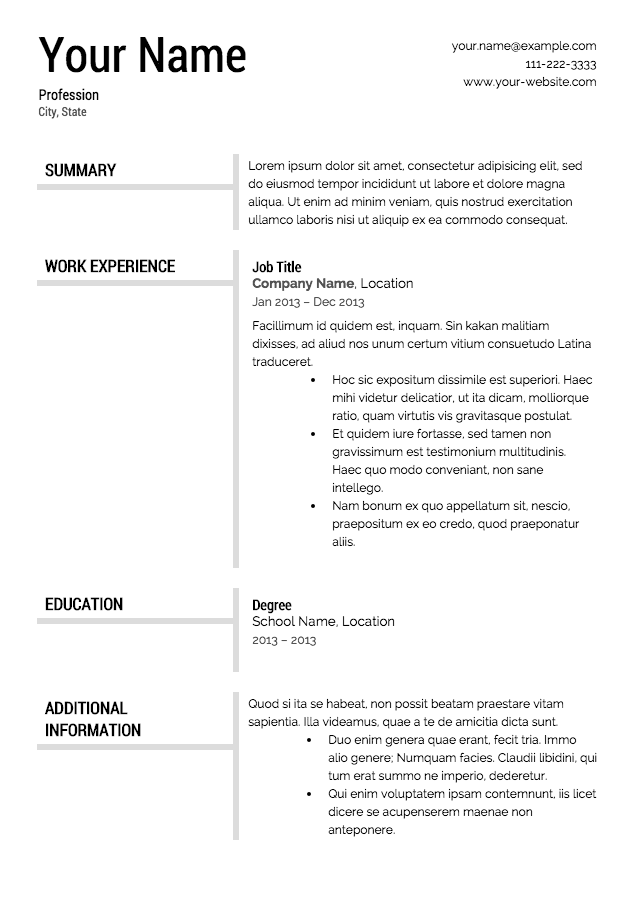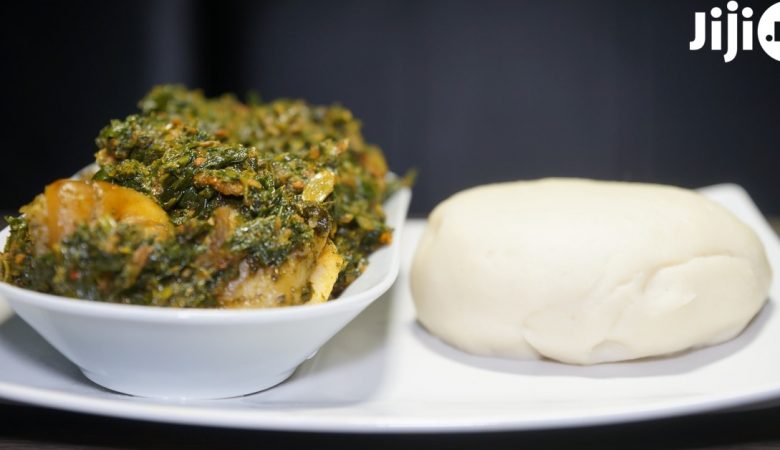The importance of making a good resume is clear to anyone who’s ever looked for a job. Since a CV is often the first thing a prospective employer sees, writing a CV is an essential step in landing your dream position.
However, not every person searching for a job knows how to write a good CV. Of course, you can always find some sample of CV online and use it to write your own, but making a great resume requires much more effort. Here are some tips for creating a resume that will help you get a job!
Browse the latest job vacancies on Jiji
What to include in your CV
If you’re wondering how to write a CV that will impress anyone, there are certain points that should be included in every resume. They are:
- Personal and contact information: state everything you find important, but don’t get too specific with your personal details.
- Education: all qualifications you received should be put in reverse order, starting with the highest.
- Employment history: list your career history in reverse order as well. Specify the company name and professional area, your position, and put an emphasis on your responsibilities and achievements at each place. Keep the description of old jobs shorter, highlighting the most recent ones.
- Skills: your skills section should include a list of your personal, professional, computer, and language skills. Emphasize the ones that are needed at your dream job.
- Additional information: here you can include anything you believe to be relevant for considering you as an employee. Internships, study abroad, teaching or research experience, scholarships, awards and honors, and publications go there. You can also include a bit of information regarding your interests and hobbies, but don’t say too much.

What not to include in your CV
In case you want to know how to make a CV that won’t drive the HR manager away, there are certain things that should not be featured in a resume:
- The reason for quitting your job: although this information doesn’t belong in a CV, the question will likely arise at a job interview, so make sure you have a smart answer.
- Your salary history: there is no reason for a prospective employer to know how much you made in the last position; however, you should have your desired salary in mind, since it’s one of the most popular questions at a job interview.
- Photo: unless the job vacancy specifically asks to include a photo in your CV, keep from adding your picture into the resume.

How to prepare CV from scratch
If you’ve decided not to use a template for CV and write your resume from scratch, the most tricky part of the process is choosing the right CV format. This is what your resume should ideally look like:
- Length: according to CV tips from professional HR managers, the perfect length for a resume is a single Word page. However, if you feel you have a career that is worth more than one page, two pages is a maximum length.
- Font: the key here is to not overdo it with bold, Italic, and other intricate fonts. Better keep it simple: use a traditional font like Times New Roman or Arial, and keep the font size at 10-12 points.
- Formatting: the most important thing in formatting your resume is keeping each section of the CV uniform. For example, if you’ve put one company name in bold, the others should be in bold too. Don’t make the paragraphs too long, and use bulleted lists whenever possible.
- Editing: never send your resume to the employer before checking it. Make sure there are no spelling or grammar mistakes, all company and school names are written correctly, and formatting looks flawless. You can ask your friend to proofread your CV to achieve perfection.










